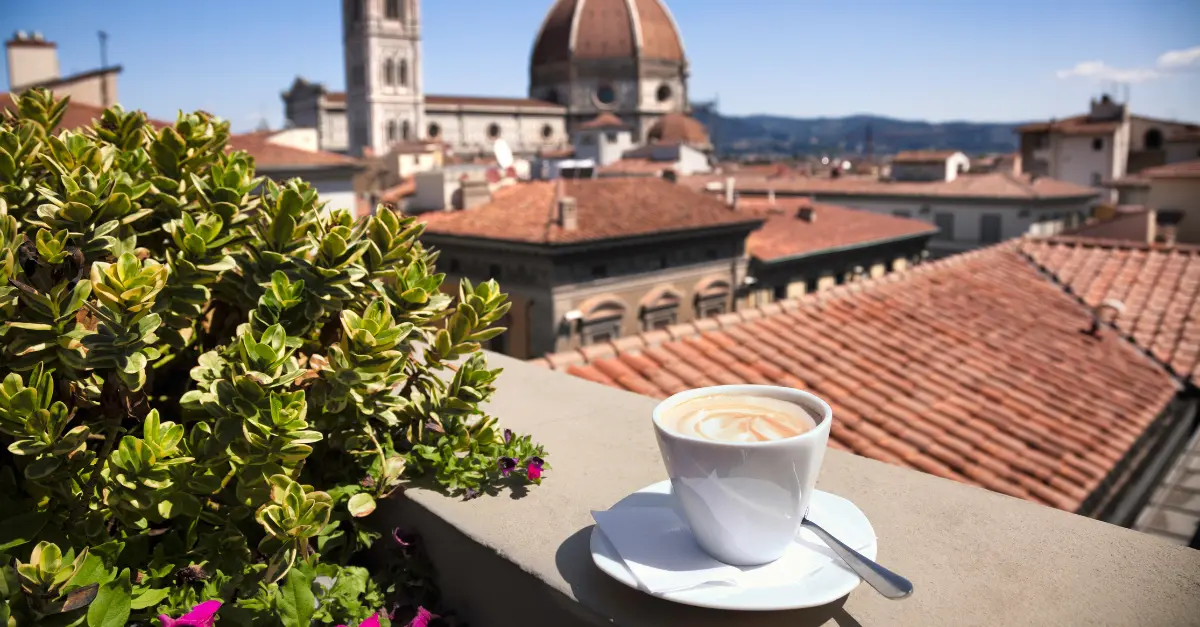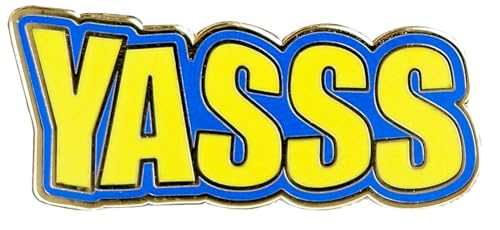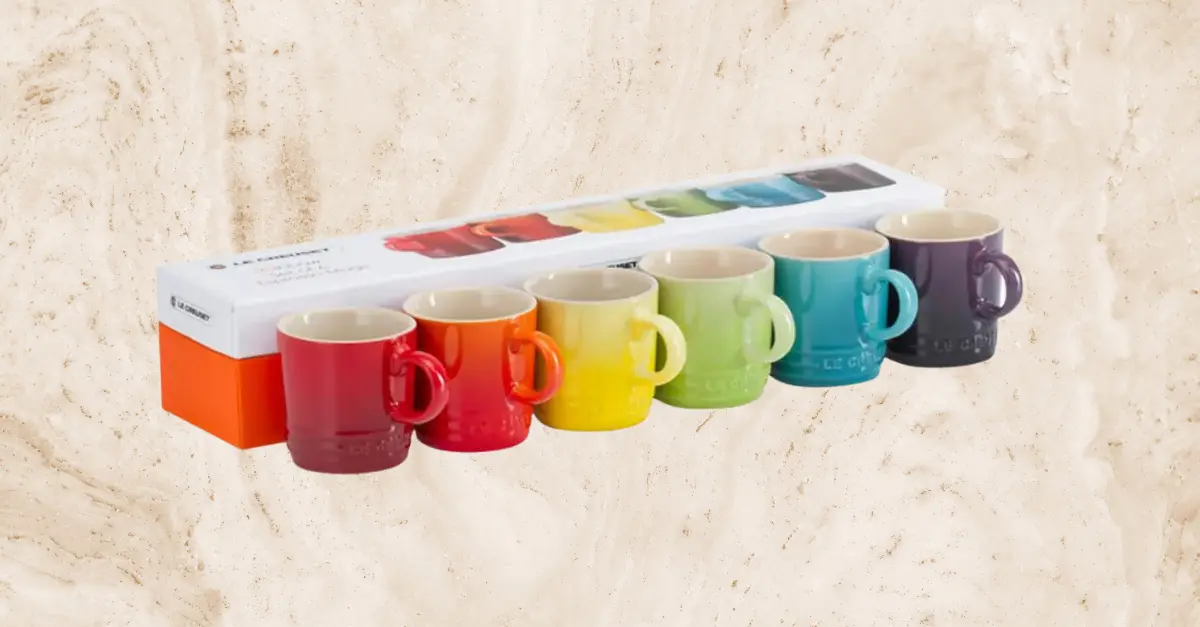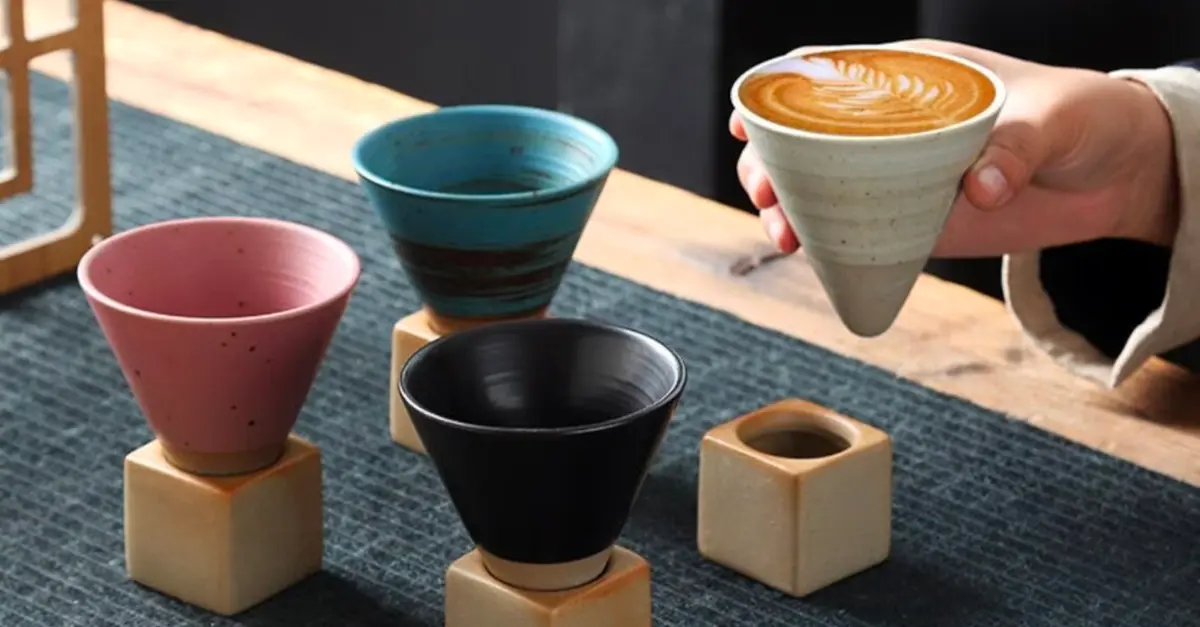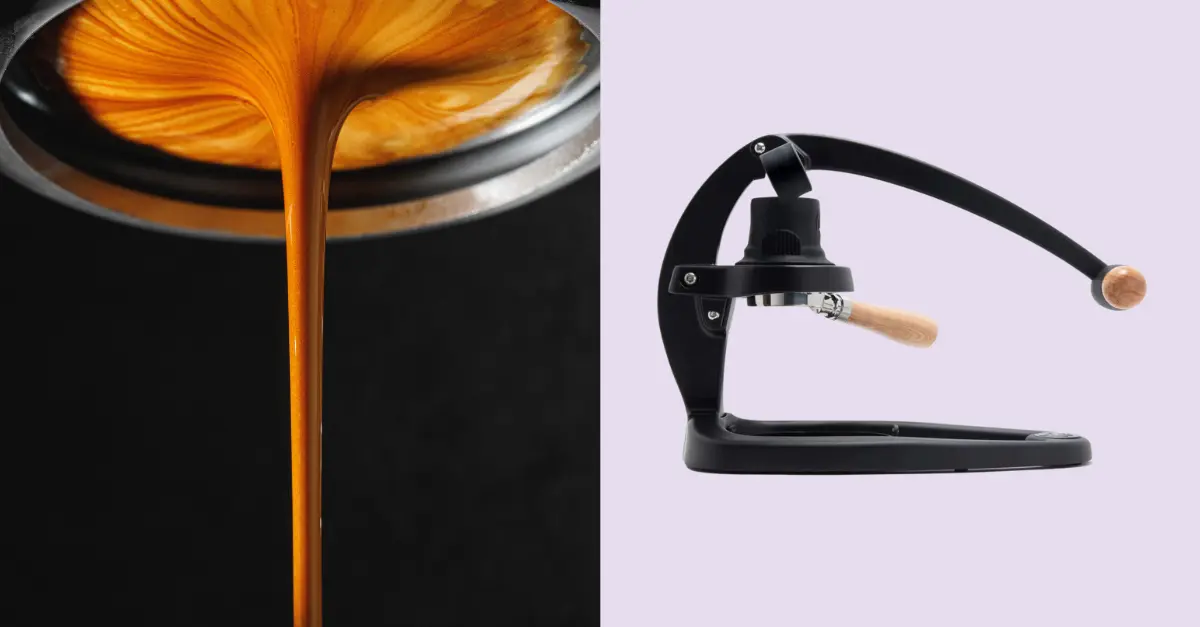Italian espresso cups are specifically designed to release the intensity and aroma of espresso coffee. Ideal in hand and on lips, the thickness of an Italian espresso cup differs with each brand and size to ensure your espresso remains at just the right temperature.
The history of coffee is intertwined with Italy’s culture and has been an essential aspect of Italian tradition. In line with Italian culture, taking a cup of espresso means enjoying the complex taste characteristics of the coffee. That’s why an Italian espresso cup should be an espresso lover’s perfect companion.
Featured Products
Espresso Cup - White and Blue
⭐ 4.5/5 • 💰 ~$28
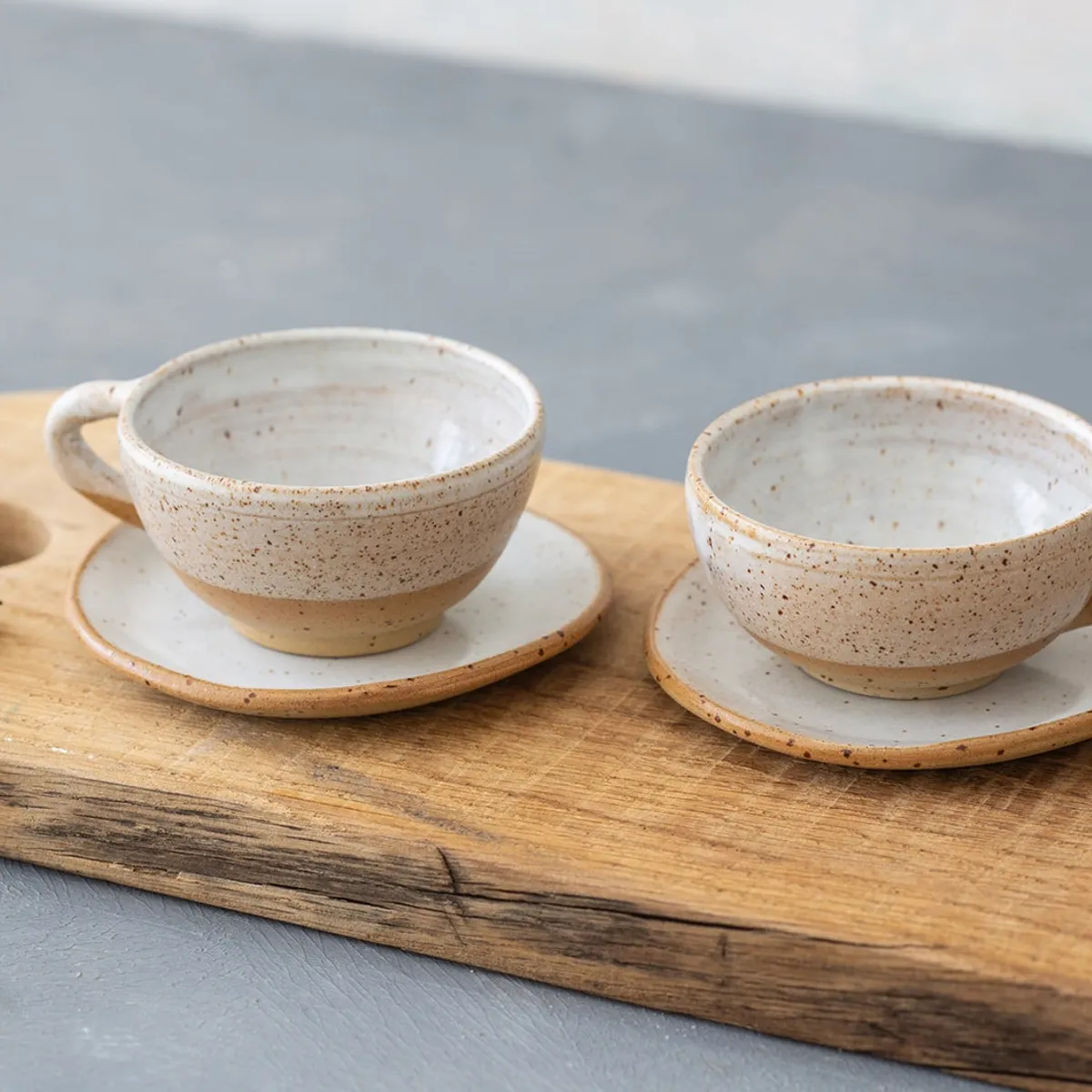
High-quality ceramic and pottery espresso cup perfect for gifting.
Pros:
- High-quality ceramic and pottery
- Classic and elegant look
- Perfect for gifting
Espresso Cup - White, Blue and Gold
⭐ 4.7/5 • 💰 ~$28
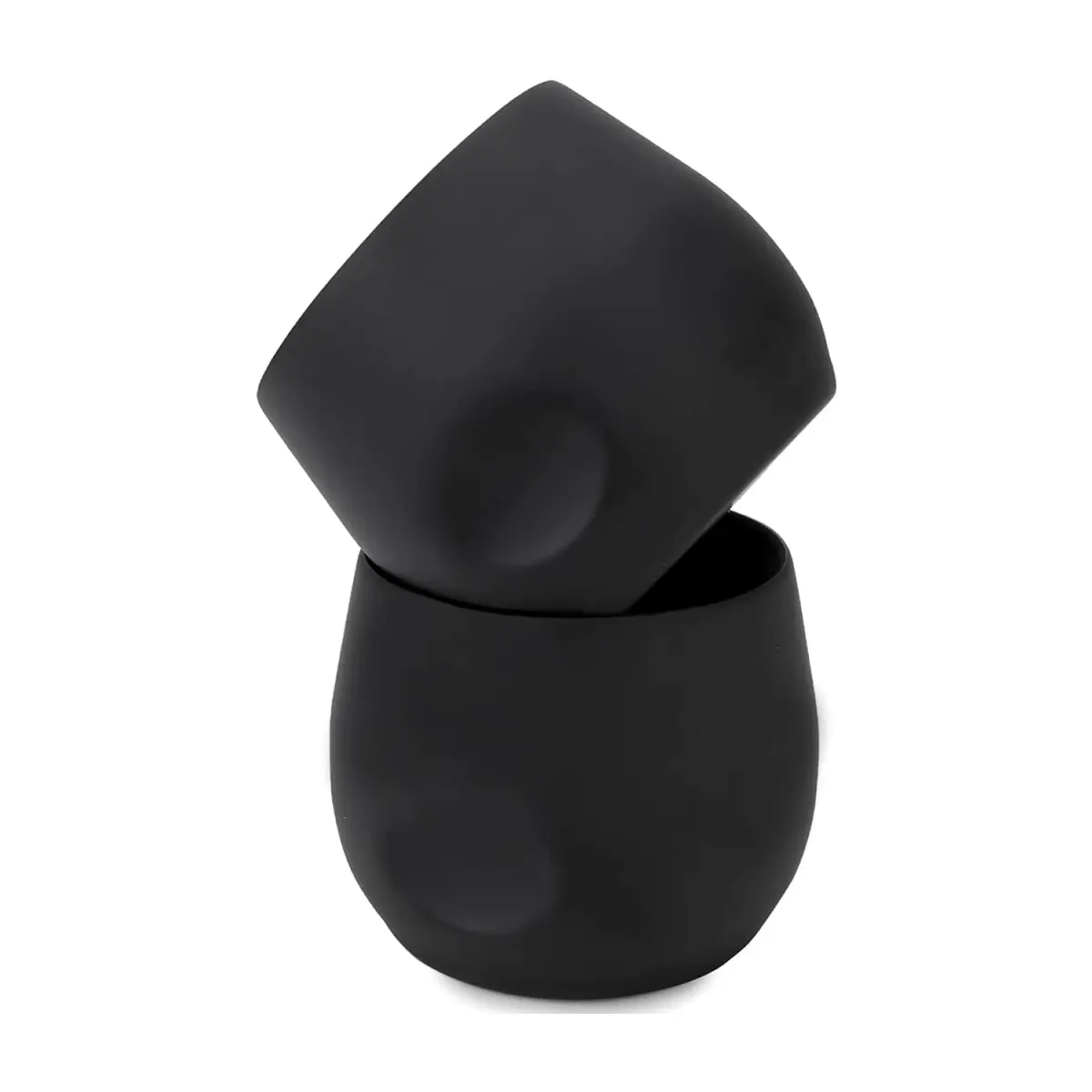
High quality pottery espresso cup and mug for a stylish morning routine.
Pros:
- High quality pottery
- Keeps espresso hot for longer
- Modern and stylish design
- Small size fits perfectly in your hand
Espresso/Cortado Cup (Blue-Grey/White)
⭐ 4.7/5 • 💰 ~$20
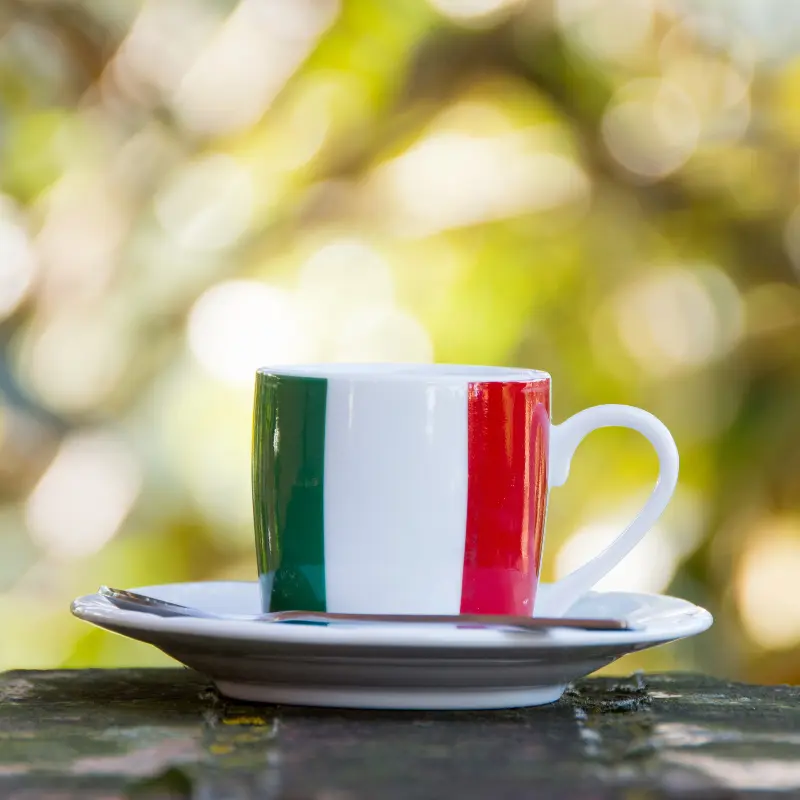
Espresso/Cortado cup handmade from stoneware in a unique blue-grey/white design.
Pros:
- Unique design
- Handmade from stoneware
- Can come with or without a handle
Italian Ceramic Espresso Cup Set
⭐ 4.2/5 • 💰 ~$25
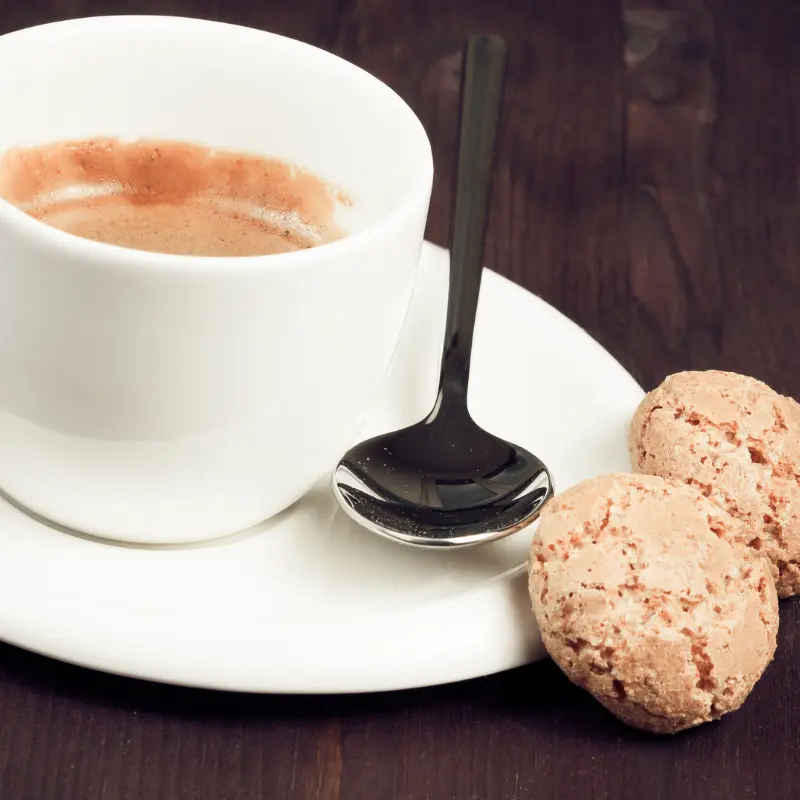
This Italian Ceramic Espresso Cup Set is perfect for enjoying your morning espresso in style.
Pros:
- Crafted from fine Italian ceramic
- Includes 4 cups and 4 saucers
- Beautiful shades of blue and white
Creative Handmade Exquisite Espresso Cup
⭐ 4.5/5 • 💰 ~$23
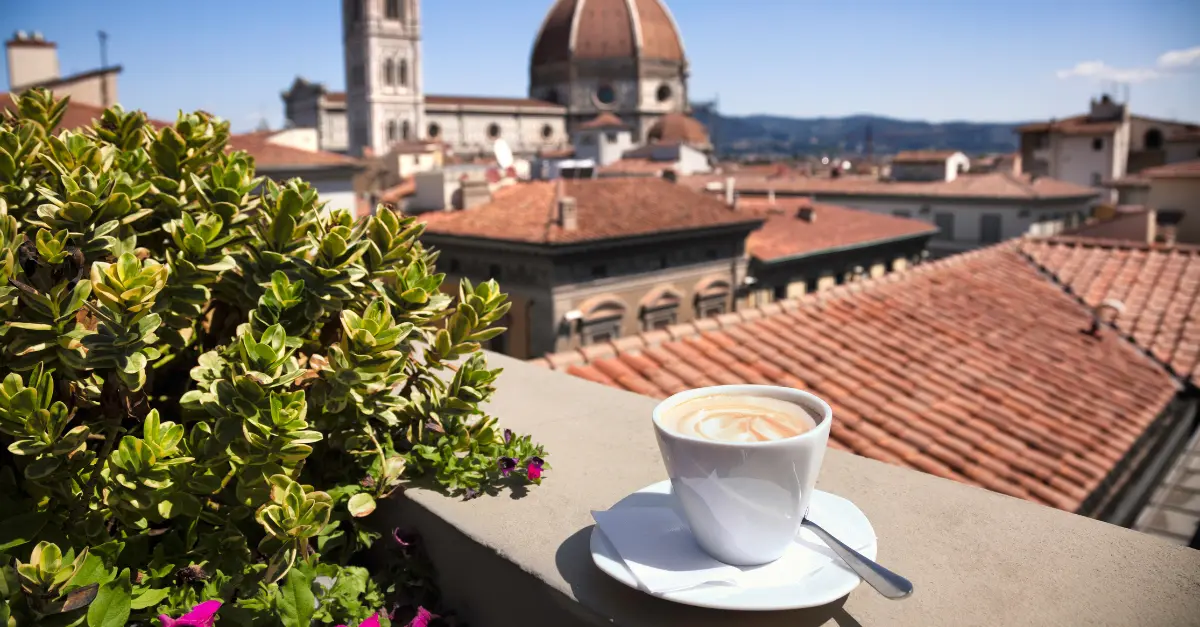
High-quality expresso cup with a wooden handle for a classic touch.
Pros:
- High-quality materials
- Elegant design
- Classic touch
Handmade Espresso Cup
⭐ 4.9/5 • 💰 ~$18
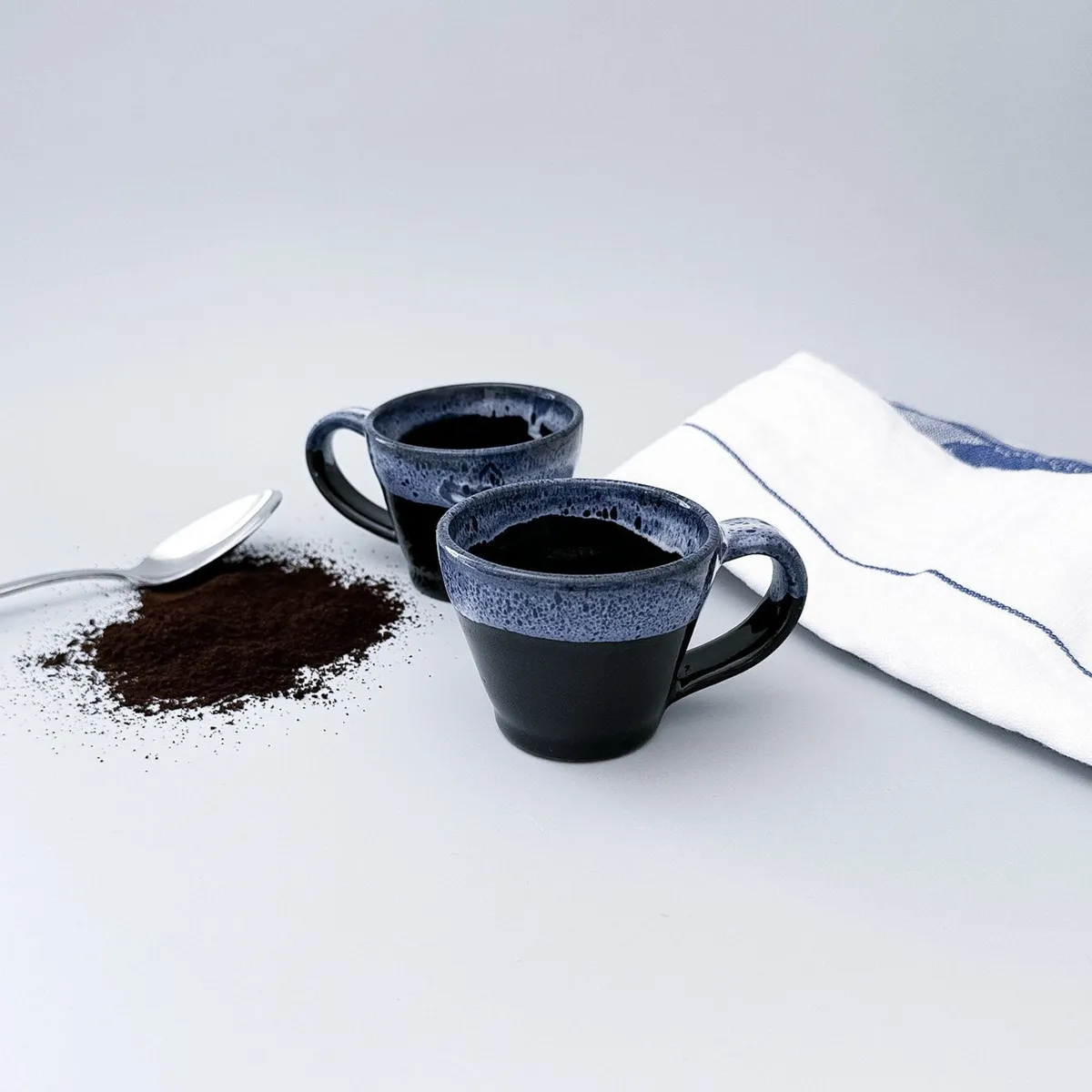
3oz midnight blue espresso cup with demitasse design. Perfect for Nespresso machines.
Pros:
- Unique design
- High quality ceramic
- Perfect for Nespresso machines
Espresso Cup Handmade
⭐ 4.5/5 • 💰 ~$28
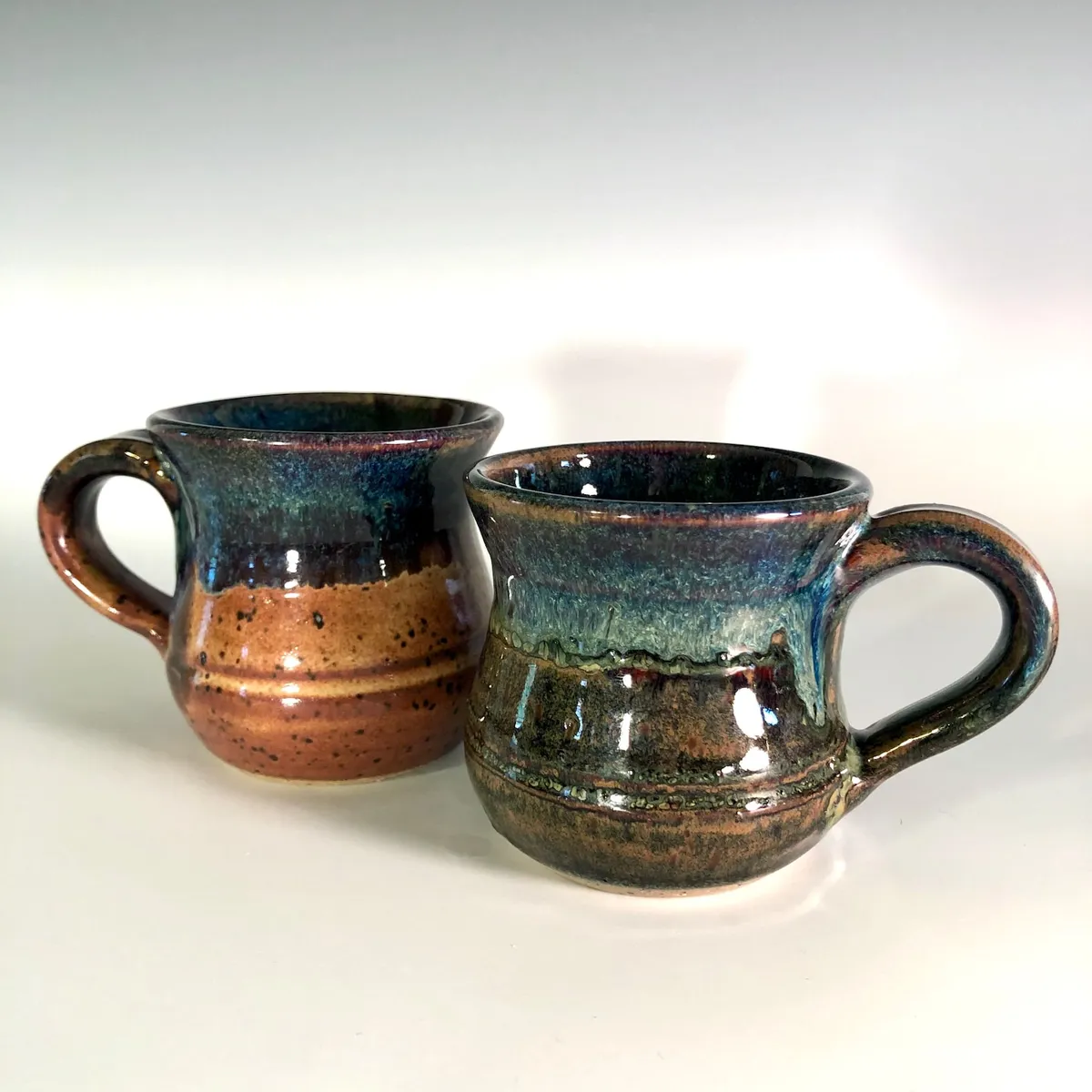
High quality ceramic and pottery espresso cup and mug
Pros:
- Unique shape and design
- Sturdy handle
- Dishwasher safe
Round Short Espresso Cups
⭐ 4.7/5 • 💰 ~$65
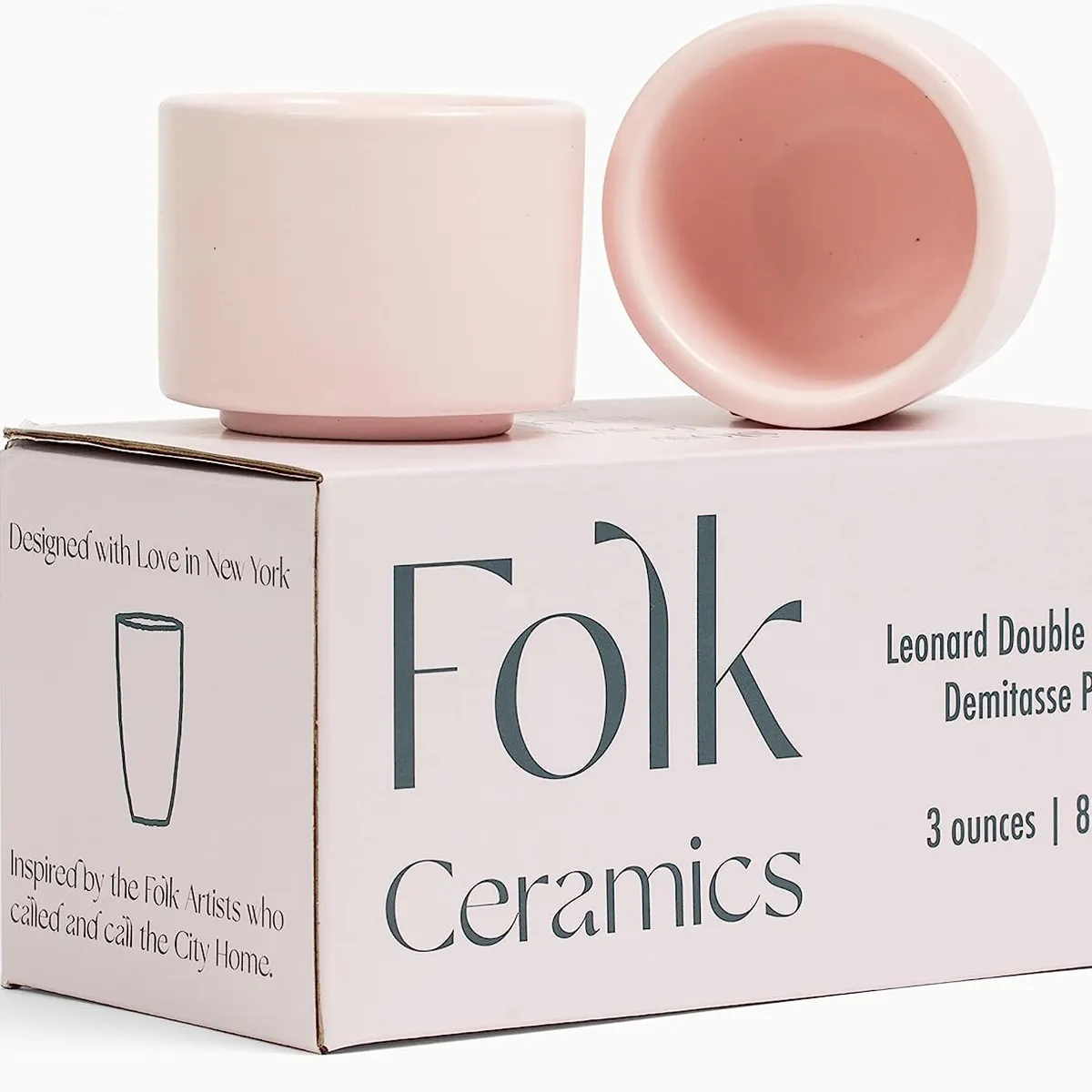
Classic ceramic espresso cups set perfect for special occasions and wedding gifts.
Pros:
- Dishwasher and microwave safe
- Classic design
- Great wedding gift
Vintage 1996 illy Espresso Cup
⭐ 4.7/5 • 💰 ~$68
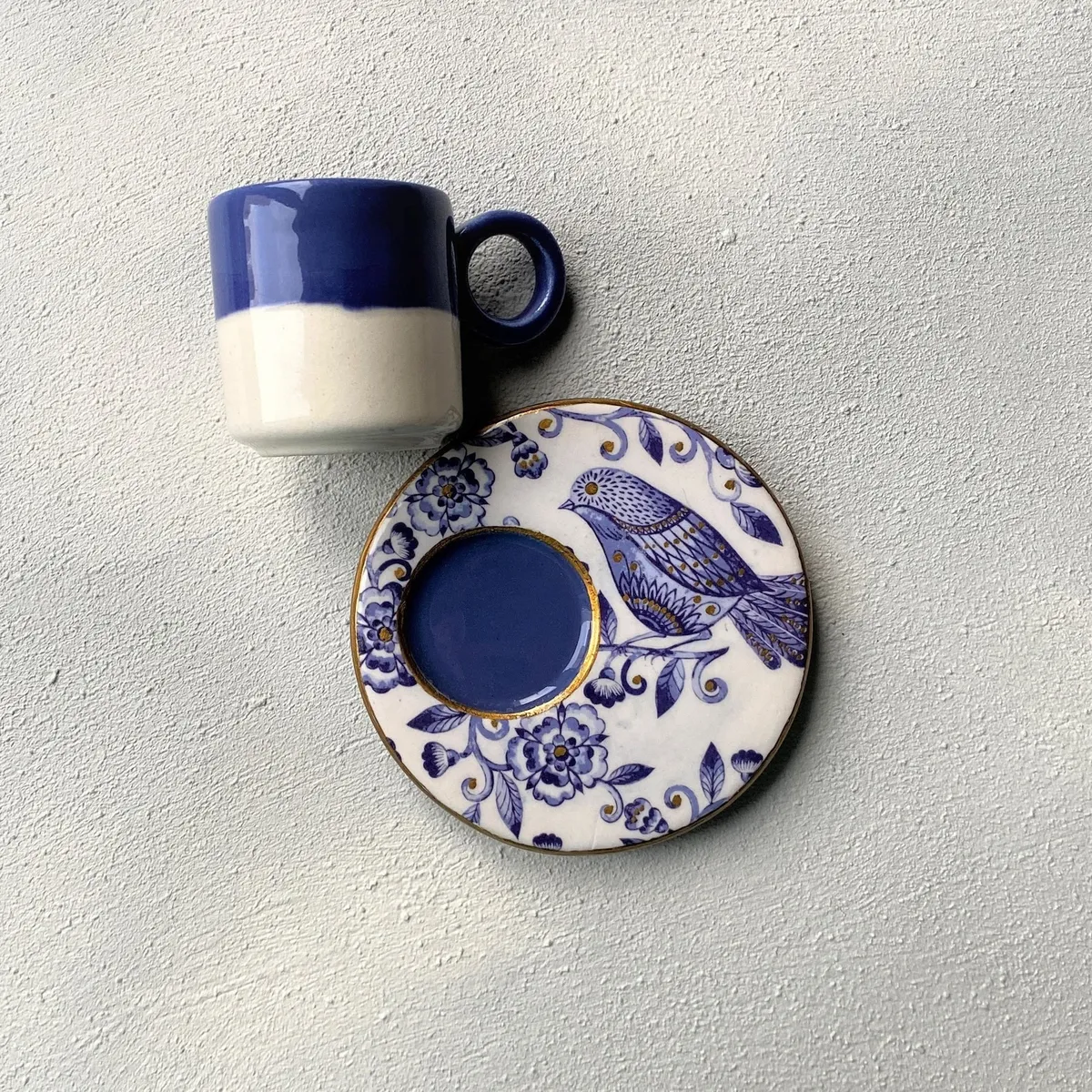
Vintage 1996 illy espresso cup and saucer set designed by James Rosenquist
Pros:
- High quality porcelain
- Modern, minimalist design
- Conversation starter
The Essence of Italian Espresso Cups
Italian espresso cups are the product of Italian ingenuity and passion. The right espresso cup perfectly balances practicality and design, which we’ll be exploring here.
- Traditional Design
An Italian espresso cup might seem basic in appearance, but their shape and size have been studied carefully to enhance the coffee contained within. The classic shape of the espresso cup means it is quite narrow at the bottom, with a curved base to ease the raising of the crema, wider towards the top to let out and magnify the aroma, and with a well-balanced handle to ensure a solid grip without inconvenience.
Each cup, obviously, must come with its own saucer, which not only supports the spoon but also collects any droplets of espresso spilled. The essential thing about the Italian espresso cup is that its design and functionality make it perfect for enjoying espresso at any time.
- Materials and Construction
The best Italian espresso cups are made from hard porcelain heated at a temperature of about 1400°C. Due to porcelain’s remarkable characteristics, it can guarantee exceptional opposition to wear, including impact, scratches, and thermal shock, while retaining its lasting brilliance. In addition, being hygienically friendly, as well as having superb conservation and conduction of heat, are some added qualities of this vessel.
Thick-glazed ceramic can also be used to make Italian cups, primarily because it does not change the taste of the espresso. It’s also perfect for maintaining the optimal heat of the espresso contained within.

The History of Espresso Cups
For quite some time now, Italian espresso cups have been the ideal container for espresso, far more appropriate than a table glass. While espresso can be served in any glass, the espresso cup remains the perfect key to serving coffee to its highest potential, but where exactly did this cup originate from?
Early Origins
In English, it’s called “coffee cups”, but it’s called “tazzina” in Italian. This is because Luigi Tazzina invented the Italian espresso cup. In the 19th century, Tazzina studied at the Academy of Fine Arts in Milan, the Accademia di Brera. His area was paintings, but there’s a reason the idea of serving coffee in the ‘tazzina’ came to him.
Before the espresso cup was invented, cups were used without handles. This was quite inconvenient because it wasn’t practical, and the cup was often too hot to hold. This prompted Luigi Tazzina, the rightful promoter of modern forms of coffee cups, to design the espresso cup. He also designed other cups, each well-suited to a certain use, including “el tazzin” for drinking wine and “la tazzinin” for espresso coffee.
Influence of Espresso Pioneers
Luigi Bezzera, an Italian mechanic, is considered the inventor of the espresso. Basically, Bezzera was trying to discover new ways to brew coffee faster. He figured that if he could just increase pressure in the brewing process, it could hasten things up. This led to the invention of the “fast coffee machine” and hence, the espresso.
Later on, Desidero Pavoni bought the espresso machine rights from Bezzera and made it popular. Pavoni successfully promoted the products and altered how individuals drank coffee. These espresso pioneers, Bezzera and Pavoni, indirectly influenced how people drink coffee.
Due to the faster brewing process involved in making espresso, it’s more concentrated and incredibly strong. Therefore, it should be served in smaller sizes. This influenced the design and size of Italian espresso cups. Ideally, espresso cups should be 2 - 3 oz. If an espresso cup is too large, the espresso contained within runs the risk of getting cold too quickly.
Design and Aesthetics
Italian artisans, over time, have implemented several unique styles for designing espresso cups. These styles have constantly evolved over the past 60 years from a somewhat squared shape with a curved interior to a round design with simple yet, interesting handles that fit easily to the hand.
In terms of its aesthetics, it’s always been up to the artisans. Their ideologies have always been reflected in the paintings inscribed on the cups. Some often have flower-like paintings, while others have a subtle blend of warm and sometimes bright colors.
Designer Espresso Cups
As espresso spread around the world and coffee culture expanded, espresso cups started to take on new designs and colors. Brands began collaborating with artists and designers to create unique and beautiful cups. Illy is a perfect example of this, known for its “Illy Art Collection,” a series of espresso cups designed by different artists.
Modern Espresso Cups
Today, espresso cups come in all shapes, sizes, and designs. They can be minimalistic, ornate, colorful, or classic white. Regardless of the design, the purpose remains the same: to hold a small, concentrated shot of coffee that can be savored and enjoyed.
The history of espresso cups mirrors the history of coffee itself. From its humble beginnings in Yemen to the designer cups of today, the espresso cup is more than just a piece of crockery. It’s a symbol of centuries of coffee history and culture.

Iconic Italian Espresso Cup Brands
- Illy: Known worldwide for its quality coffee, Illy also offers designer espresso cups. Collaborating with artists worldwide, the company creates limited-edition cup series, transforming simple espresso cups into a canvas for contemporary artists.
- Alessi: Alessi is a famous Italian brand known for its homeware products. The brand’s espresso cups combine functionality with stylish design, offering a range of espresso cups from stainless steel to porcelain, all with a distinctive modern aesthetic.
- Bialetti: This iconic Italian brand is most famous for its Moka pot, but it also sells espresso cups. Their cup designs often take inspiration from the classic Moka pot, providing a vintage charm to your coffee experience.
- Rancilio: Mostly known for its professional-grade espresso machines, Rancilio also offers a line of espresso cups. Their cups are designed with a professional barista in mind, with heat-retaining ceramic construction and a shape designed to promote crema formation.
- Nuova Point: Nuova Point espresso cups are well-known among coffee enthusiasts. Their cups are traditionally styled and made from thick porcelain to retain heat, essential for the perfect cup of espresso. They are most famous for their “Sorrento” line.
- Ancap: Another famous Italian porcelain maker, Ancap, produces high-quality espresso cups used in many cafés and coffee houses worldwide. Their cups are made with pure kaolin, quartz, and feldspar, fired at temperatures above 2552°F, which result in a dense, white porcelain that’s both beautiful and durable.
- Guzzini: Guzzini is an Italian brand famous for its innovative and original design. Their espresso cups usually come in vibrant colors and are designed with a contemporary, eye-catching style that stands out.
- Richard Ginori: Richard Ginori is one of the oldest porcelain manufacturers in Italy. Their espresso cups are often elegantly designed with intricate patterns and gold trim. These cups can bring a touch of classic Italian elegance to any espresso experience.
- Rosenthal meets Versace: This collaboration between the luxury homeware brand Rosenthal and the iconic fashion house Versace has resulted in some exquisite espresso cup designs. These cups are characterized by opulent and luxurious designs, reflecting Versace’s signature style.
- Bitossi Home: This brand is known for their colorful and fun designs. Bitossi Home creates espresso cups that add a pop of color and a dash of Italian charm to your kitchen. Their cups often feature mix and match designs and patterns.
What Is the Difference Between Espresso & Coffee?
Espresso beans: Espresso beans are typically roasted darker than regular coffee beans. The dark roast brings out bold flavors, rich aromas, and oils, making them suitable for brewing espresso. These beans are finely ground and brewed under high pressure, resulting in a concentrated shot of espresso with a distinct crema on top.
Coffee beans: Coffee beans, on the other hand, can refer to a broader range of beans used for various brewing methods. They come in different roast levels, including light, medium, and dark. Lighter roasts tend to retain more of the beans’ natural flavors and acidity, while darker roasts develop deeper, bolder flavors. Coffee beans are typically ground coarser and brewed using methods like drip brewing, pour-over, French press, or cold brew.
The key differences between espresso beans and coffee beans are the roast level, intended use, and the brewing methods associated with them. Espresso beans are dark-roasted and finely ground for brewing concentrated shots of espresso, while coffee beans can encompass a wider range of roasts and are used for various brewing methods.
Is Decaf Good for Espresso?
Decaf coffee can absolutely be used to make espresso, and the quality of your decaf espresso will largely depend on the quality of the beans and the decaffeination process used.
The primary difference between regular and decaf coffee is the caffeine content, not the flavor. While some argue that the decaffeination process can affect flavor, much of this depends on the quality and freshness of the beans, as well as the specific decaffeination method used. The Swiss Water Process, for instance, is a chemical-free method to decaffeinate the beans, which is known to maintain the coffee’s original flavors quite well.
Conclusion
Italian espresso cups embody a rich blend of history, artistry, and functionality. Crafted meticulously to enhance the flavors and aromas of espresso, they not only serve a practical purpose but also tell a story of coffee culture, ingenuity, and passion. Whether made from hard porcelain or thick-glazed ceramic, these cups have been designed with one thing in mind - to provide the ideal vessel for savoring espresso. From the traditional designs brought to life by Luigi Tazzina to the modern art-inspired creations of brands like Illy and Alessi, these cups are a testament to the love Italians have for espresso. They’ve evolved over time, reflecting changing tastes and styles, but their core purpose remains the same. Whether you prefer your espresso in a classic white cup, a designer creation, or even a decaf version, the Italian espresso cup is a small yet significant part of the whole espresso experience.
